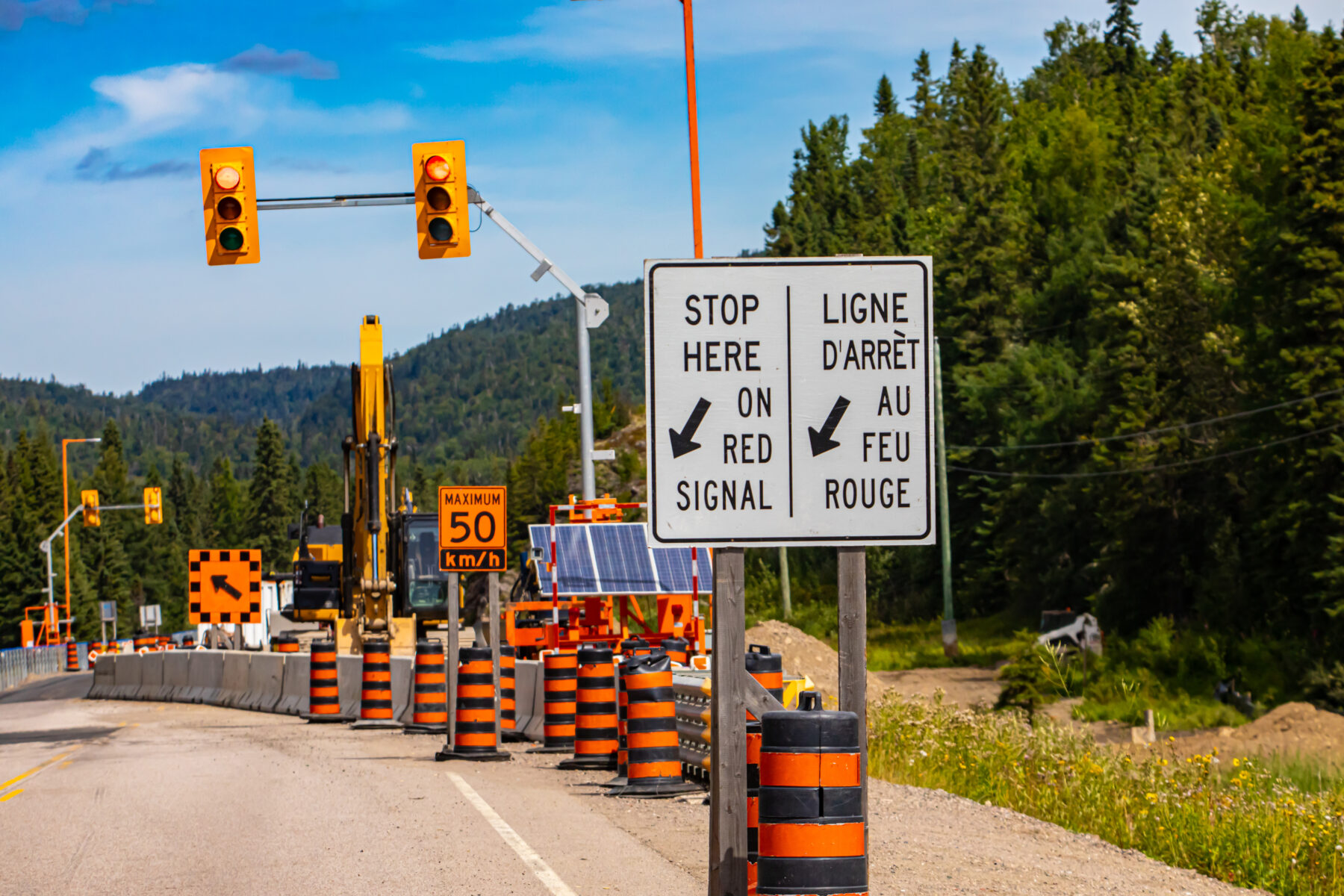How to Ensure Concrete Durability in High-Traffic Industrial Settings
June 8, 2023

Every industrial facility experiences varying levels of traffic, from light pedestrian traffic to heavy-duty vehicular movement. One of the key considerations in such settings is the durability of the flooring material. Concrete, known for its sturdiness and longevity, is often the material of choice. However, ensuring its durability in high-traffic industrial settings demands a combination of strategic design, quality materials, and proper maintenance practices.
The first step towards achieving concrete durability is understanding the load requirements. Industrial settings often experience heavy loads and frequent movement, both of which can cause wear and tear over time. It’s essential to calculate the projected load, traffic type, and frequency to determine the necessary concrete strength and thickness.
Next, the composition of the concrete mix significantly influences durability. It’s important to choose a concrete mix with appropriate aggregate types and sizes, the right proportions of cement and water, and additional components like admixtures that can enhance the properties of the concrete. Admixtures like silica fume, fly ash, or ground granulated blast-furnace slag can improve the strength, permeability, and durability of concrete.
The reinforcement of concrete also plays a vital role in its durability. This usually involves embedding materials such as steel bars (rebar) within the concrete to withstand tensile and shear stress. Fiber-reinforced concrete, for instance, can offer enhanced resistance against shrinkage cracking and improve the concrete’s toughness, thereby extending its service life.
Furthermore, the concrete curing process is a crucial factor that impacts durability. Curing involves maintaining the adequate moisture and temperature conditions for concrete after it has been placed. This process allows the cement to properly hydrate, promoting maximum strength gain. Neglecting this step can result in concrete that is weak and prone to cracking.
In high-traffic settings, a protective coating or a surface hardener may be applied to the concrete surface to minimize wear and extend its lifespan. Epoxy coatings, for example, can provide a high degree of resistance to chemicals, abrasion, and impact damage. Surface hardeners can increase the surface strength of the concrete, making it more resistant to the wear associated with high traffic.
It’s also essential to have a strategic maintenance plan in place. Regular inspection, cleaning, and timely repair of minor cracks or abrasions can prevent these issues from escalating into major structural problems. Even high-strength, well-designed concrete can deteriorate without adequate maintenance.
Lastly, consider the expertise of the team constructing the concrete flooring. This is not an area to compromise, as skilled professionals have the experience and knowledge to execute the design properly, ensure correct mix proportions, and handle the concrete correctly from mixing to curing.
At Standard Materials Group, we understand that ensuring the durability of concrete in high-traffic industrial settings is a multifaceted process. It demands a combination of understanding load requirements, selecting the right concrete mix, reinforcing the concrete, ensuring proper curing, applying surface treatments, implementing regular maintenance, and employing a skilled team. These factors collectively contribute to concrete flooring that can withstand the test of time, even in the most demanding environments.

